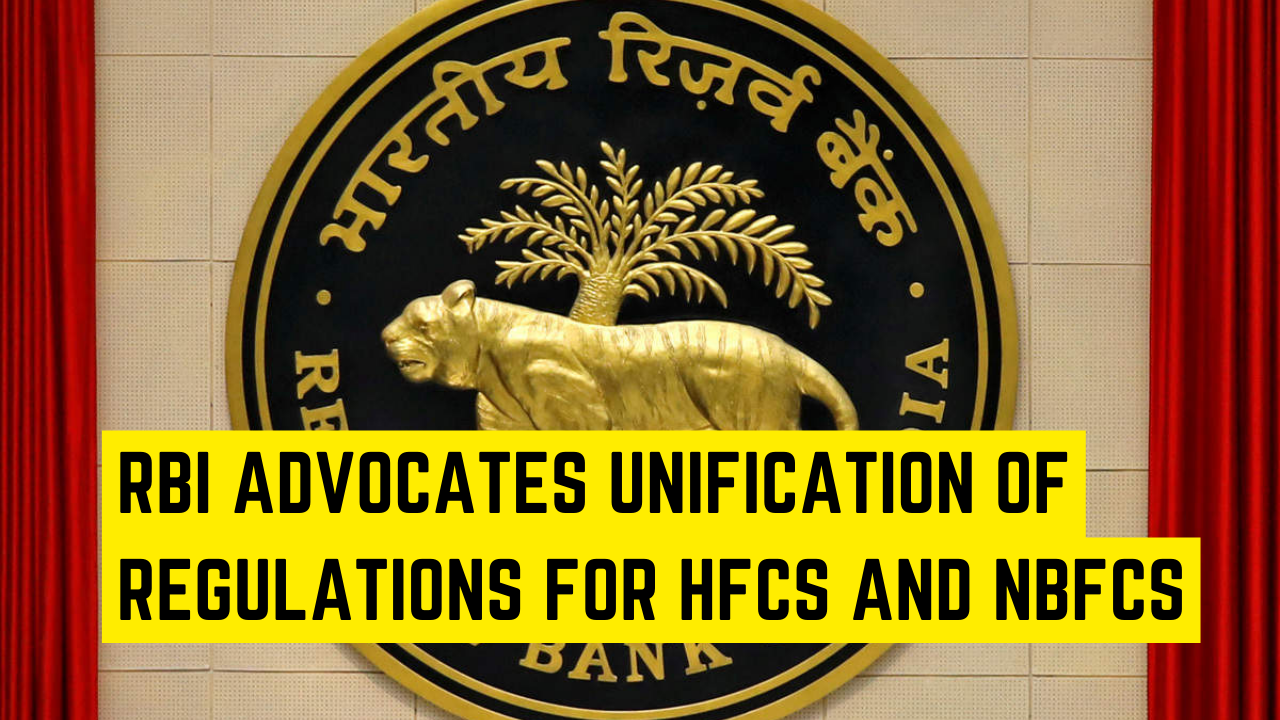YouTube, with its vast user-generated content, has been a pioneer in shaping the online video landscape. However, the platform grapples with the responsibility of moderating an ever-expanding library of content. This responsibility is magnified when it comes to indecent content involving vulnerable groups like mothers and children.
Recent incidents have underscored the difficulty YouTube faces in promptly removing inappropriate content. The platform is now seeking more time to address these challenges effectively.
YouTube’s Efforts to Tackle Indecent Content
A. Overview of Current Content Removal Policies
YouTube has established content removal policies to maintain a safe and respectful environment for users. These policies cover a broad spectrum of content, from hate speech to explicit material.
B. Challenges Faced by YouTube
Despite these policies, the platform faces inherent challenges in enforcing them consistently. The sheer volume of content uploaded every minute poses a daunting task for automated systems and human moderators alike.
C. Proposed Changes and Reasons for Seeking More Time
In recognition of the growing complexities, YouTube is proposing changes to its content moderation strategies. The request for more time is aimed at implementing these changes thoughtfully rather than hastily.
Impact on Users and Concerned Communities
A. How Indecent Content Affects Users
The presence of indecent content on YouTube can have profound effects on users, particularly mothers and children who may inadvertently encounter inappropriate material.
B. Community Concerns and Feedback
Communities are expressing heightened concerns about the impact of indecent content. YouTube acknowledges these concerns and is actively working to address them.
C. YouTube’s Response to Community Concerns
The platform recognizes the importance of community feedback and is taking proactive measures to address concerns. Community-driven initiatives play a crucial role in shaping YouTube’s content moderation policies.
Community Engagement and Education
A. YouTube’s Initiatives to Educate Users
YouTube actively engages with its user base to educate them about content guidelines and reporting mechanisms. Education is a key component of preventing the spread of indecent content.
B. Importance of Community Engagement
Community engagement goes beyond education. Involving the community in shaping content moderation policies ensures a more inclusive and effective approach.
C. Collaborative Efforts
YouTube collaborates with users, creators, and experts to enhance its content moderation framework continually. Collaborative efforts are essential in staying ahead of emerging challenges.
Quick Review:
A. How Does YouTube Identify Indecent Content?
YouTube employs a combination of AI algorithms and human moderation to identify and remove indecent content. The goal is to strike a balance between automation and human judgment.
B. Can Users Appeal Content Removal Decisions?
Yes, users can appeal content removal decisions. YouTube provides an appeals process to ensure fairness and address any errors in content moderation.
C. What Measures Are in Place to Protect Children on YouTube?
YouTube has dedicated measures, including age-restriction features and educational initiatives, to protect children. The platform actively collaborates with parents and educators to create a safer online environment for young users.
D. How Often Does YouTube Update Its Content Moderation Policies?
YouTube regularly updates its content moderation policies to adapt to evolving challenges. Updates may occur based on user feedback, legal requirements, or emerging trends in online content.

